This is a complete guide to Contact Angle Measurement in (2025). In this all-new guide you’ll learn all about:
So if you’re looking to get an in-depth understanding of Contact Angle measurement, you should get a lot of value from our guide. Let’s dive right in.

Defining contact angle measurement
Bedeutung und Anwendungen in der Industrie

By precisely measuring contact angles, engineers can tailor surface properties to achieve desired functionalities, such as water repellency or adhesion enhancement. In the life sciences, it influences biocompatible surface design for medical devices and implants, ensuring compatibility with biological systems. Moreover, it guides innovations in electronics, energy, and environmental sciences, from self-cleaning surfaces to fuel cell technologies and oil spill remediation strategies.
Wetting describes how a liquid interacts with a solid surface, categorized as complete wetting (θ = 0°), partial wetting (0° < θ < 90°), or non-wetting (θ = 90°).
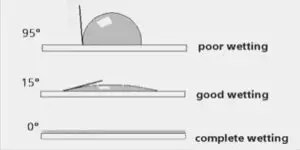
Wetting phenomena provide insights into material properties and surface behavior. Complete wetting creates uniform coatings, while partial wetting enables controlled-release drug delivery systems. Non-wetting surfaces are fundamental for self-cleaning materials and anti-fog coatings, allowing engineers to tailor materials for specific purposes. Understanding wetting phenomena is a central insight in application and process development.
Surface tension is a fundamental property of a liquid that arises from the cohesive forces between its molecules. It is responsible for the spherical shape of water droplets and the ability of insects to "walk on water." Interfacial tension, on the other hand, is the force of attraction between the molecules at the interface of two immiscible fluids, such as oil and water.
Surface and interfacial tensions are intimately related to contact angle measurement as they influence the wetting behavior of a liquid on a solid surface. High surface tension results in smaller contact angles, as the liquid prefers to spread over the surface—while low surface tension leads to larger contact angles, causing the liquid to bead up. Understanding these tensions helps in predicting and controlling the wetting behavior of liquids on various surfaces.
Contact angles come in various forms, each offering unique insights into surface interactions and essential for optimizing material properties.
Advancing Contact Angle
This is the angle formed as a liquid droplet spreads on the solid surface. It’s key for understanding how a liquid initially wets a substrate. A smaller advancing contact angle indicates better wetting, as the liquid readily spreads across the surface.
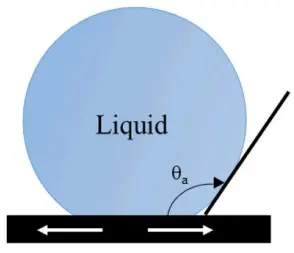
Receding Contact Angle
In contrast, the receding contact angle represents the angle formed as the liquid droplet begins to retract or pull away from the solid surface. It’s a central parameter for applications involving droplet detachment or retraction, such as self-cleaning surfaces.
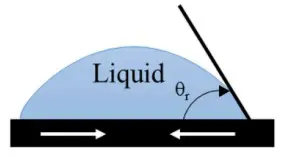
Static and Dynamic Contact Angles
Static Contact Angle
This is the contact angle observed when a liquid droplet comes to rest on a solid surface. It provides insight into the equilibrium state of wetting, allowing for comparisons between different surfaces or materials.
Dynamischer Kontaktwinkel
Dynamic contact angles are measured when a liquid droplet is in motion, such as when it’s advancing or receding on a surface. They are valuable for understanding how a liquid interacts with a surface over time and provide data on contact angle hysteresis—how dependent a liquid’s behavior is on its recent history.
Learn how Static and Dynamic Contact Angle measurement can be done using our Dropometer.
Equilibrium Contact Angle
A smaller equilibrium contact angle indicates that the liquid wets the surface effectively and forms a thin, uniform film. A larger equilibrium contact angle, however, suggests non-wetting behavior, where the liquid beads up and does not spread.
Understanding the different types of contact angles and their relevance is fundamental to interpreting and utilizing contact angle data effectively. Whether in the context of materials research, biomaterial development, or advanced manufacturing, the ability to manipulate and control these angles is a vital tool in tailoring surface properties to meet specific needs
Surface Roughness
Rough solid surfaces offer more points of contact for a liquid droplet, thereby increasing wetting. As a result, rough surfaces tend to display smaller contact angles. Conversely, smooth surfaces have fewer contact points, resulting in larger contact angles. Surface roughness plays a significant role in fields such as coatings and adhesives, where improving adhesion and wettability relies on optimizing surface texture.

The chemical composition of a solid surface significantly influences contact angles. Surface energy, which depends on the type of atoms or functional groups present, dictates how a liquid droplet interacts with the surface. High surface energy promotes wetting, resulting in smaller contact angles, whereas low surface energy promotes non-wetting behavior, leading to larger contact angles. Modifying surface chemistry through treatments or coatings provides a powerful means to tailor wetting characteristics in industrial applications.
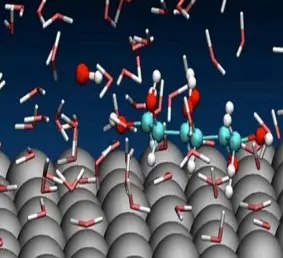
Temperature & Pressure
At higher temperatures, many liquids experience reduced viscosity, enabling them to wet surfaces more effectively and decreasing contact angles. Conversely, lower temperatures can increase liquid viscosity, resulting in larger contact angles.
Pressure also influences these effects, with pressure variations impacting the gas-liquid interface and affecting measurements. These factors are particularly significant in industries like petrochemicals and food science, where precise temperature and pressure control are crucial.

Liquid Properties
The properties of the liquid, such as viscosity, density, and surface tension, directly impact contact angles. Viscous liquids tend to form larger contact angles since they spread less readily on a surface. Conversely, low-viscosity liquids create smaller contact angles. Liquid density can also influence wetting, with less dense liquids generally resulting in smaller contact angles. Liquid surface tension, a fundamental property, is critical as well. Liquids with high surface tension tend to show smaller contact angles, while those with lower surface tension tend to exhibit larger contact angles.

Understanding and manipulating these factors holds fundamental importance for processes and applications where surface interactions play a central role.
Needless to say, accurate measurement of contact angles is essential. Various techniques are employed for this purpose, each with its unique advantages and disadvantages. Some of the most common methods include:
The sessile drop method involves placing a small droplet of a liquid on the surface of interest and measuring the shape of the droplet, particularly its contact angle with the solid, using specialized equipment. We calculate the contact angle by analyzing the drop's size, shape, and equilibrium position. Widely used for its simplicity and accuracy, the sessile drop method is a non-destructive technique suitable for a wide range of materials and applications. However, it relies on nearly perfect spherical droplets, and surface homogeneity is crucial for precise measurements. Despite these limitations, it remains one of the most reliable and efficient methods.
In the sessile drop method, researchers place a small droplet of liquid on a solid surface and determine its angle by analyzing its shape using a contact angle goniometer or other specialized equipment. Maintaining a clean and homogeneous surface and ensuring the droplet remains spherical are essential. This method's simplicity and precision make it a preferred choice.

The Wilhelmy plate method involves immersing a thin, flat plate (usually made of glass or metal) into the liquid and measuring the force needed to detach the plate from the liquid, which we then use to calculate the contact angle.
This method is simple and particularly useful for studying contact angles in the context of dynamic wetting. However, it may not offer the same level of precision as the sessile drop method, and ensuring that the plate remains perfectly clean and contamination-free between measurements can be challenging.

The captive bubble method involves immersing a solid substrate into a liquid and introducing a gas bubble into the system. We calculate the contact angle by measuring the pressure difference across the bubble's interface.
This method is suitable for studying contact angles in confined spaces and for specialized applications. However, it is less commonly used due to the complexity of the apparatus and the requirement for precise pressure measurements.
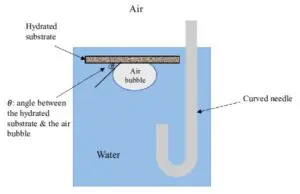
While each method has its pros and cons, the sessile drop method stands out as the most precise and efficient technique for contact angle measurement. Its simplicity and non-destructive nature make it versatile and applicable to various surfaces and liquids, making it highly suitable for both static and dynamic measurements.
Contact Angle Measurements are utilized across various industries. Here are some examples of their applications in each field:

Explore other applications of Contact Angle measurement and lots more in our Practical Guide to Surface Science for the Automotive industry
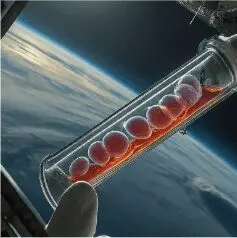
Explore other applications of Contact Angle measurement and lots more in our Praktischer Leitfaden zur Oberflächenforschung für die Luft- und Raumfahrtindustrie.

Explore other applications of Contact Angle measurement and lots more in our Praktischer Leitfaden zur Oberflächenforschung für die Biotech-Industrie.
In the dynamic and ever-evolving chemical industry, achieving a uniform dispersion of nanoparticles is a challenging task that often determines the effectiveness of a formulation. Imagine a scenario where nanoparticles, commonly used to enhance the performance or appearance of a product, tend to aggregate, leading to non-uniform distributions within the formulation. This aggregation not only reduces the product’s efficacy but also poses challenges in the manufacturing process.
By precisely manipulating surface properties such as wettability and surface energy, nanoparticles can achieve a homogeneous dispersion throughout the formulation. This uniform dispersion is crucial for ensuring consistent product quality and performance. The benefits of this precise control go beyond achieving uniformity. Improved nanoparticle dispersibility enhances product stability, shelf life, and overall effectiveness, providing a significant competitive advantage in the market.
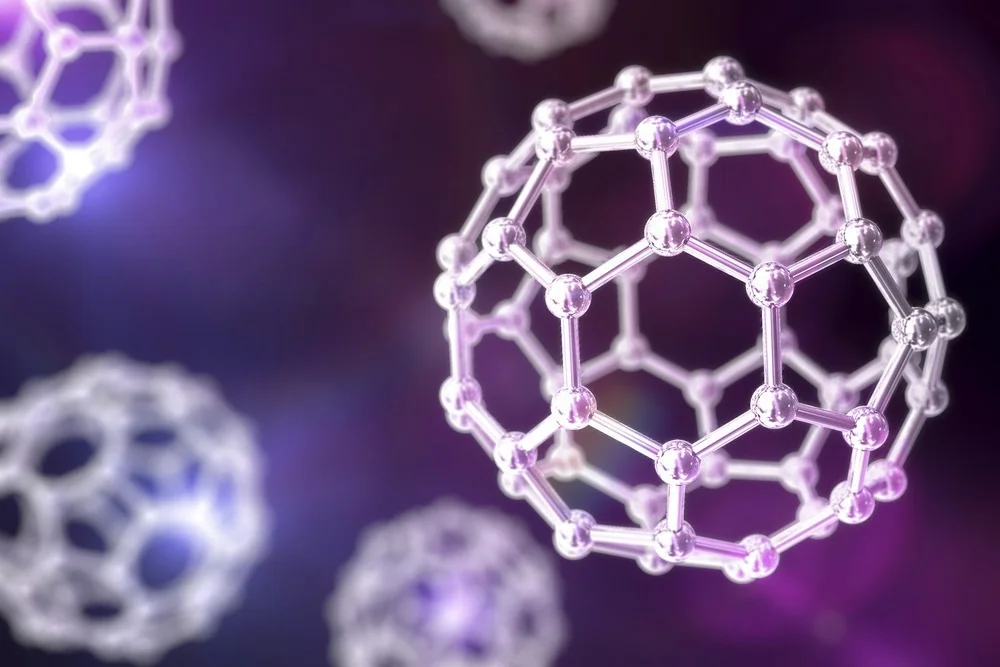
Explore other applications of Contact Angle measurement and lots more in our Praktischer Leitfaden zur Oberflächentechnik für die chemische Industrie.

Explore other applications of Contact Angle measurement and lots more in our Praktischer Leitfaden zur Oberflächentechnik für die Konsumgüterindustrie.
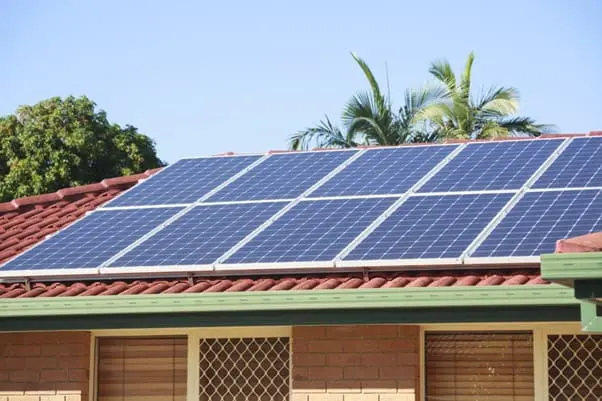
Explore other applications of Contact Angle measurement and lots more in our Practical Guide to Surface Science for the Construction industry

Explore other applications of Contact Angle measurement and lots more in our Practical Guide to Surface Science for the Cosmetics industry.

Explore other applications of Contact Angle measurement and lots more in our Praktischer Leitfaden zur Oberflächenforschung für die Elektro- und Elektronikindustrie.
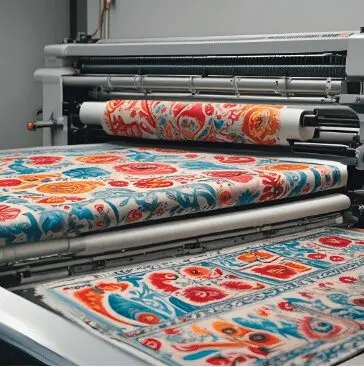
Explore other applications of Contact Angle measurement and lots more in our Praktischer Leitfaden zur Oberflächenwissenschaft für die Gewebeindustrie.
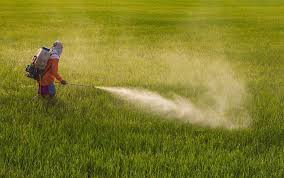
Explore other applications of Contact Angle measurement and lots more in our Practical Guide to Surface Science for the Farming & Agriscience industry.
In der Getränkeindustrie ist die Erhaltung der Frische von größter Bedeutung. Für Hersteller von Säften, Erfrischungsgetränken und alkoholischen Getränken ist die Sicherstellung der Frische und Haltbarkeit der Produkte von entscheidender Bedeutung. Herkömmliche Verpackungstechniken greifen oft zu kurz, was zu Ressourcenverschwendung und erhöhten Kosten führt.
Die genaue Kontaktwinkelmessung ermöglicht eine kritische Bewertung der Benetzungseigenschaften von Getränkeverpackungsmaterialien. Dieses Wissen ermöglicht es Ihnen, Materialien auszuwählen, die das Eindringen von Feuchtigkeit effektiv verhindern und so die Qualität und Haltbarkeit Ihrer Getränke verlängern. Diese Praxis reduziert nicht nur den Produktabfall, sondern senkt auch die Verpackungskosten, was letztendlich die finanzielle Leistung des Unternehmens verbessert.

Explore other applications of Contact Angle measurement and lots more in our Praktischer Leitfaden zur Oberflächentechnik für die Lebensmittel- und Getränkeindustrie.
Herausforderung : In der Luftfahrtindustrie ist die Eisbildung auf Flugzeugoberflächen ein großes Problem. Eisansammlungen auf den Flugzeugflügeln unterbrechen die Luftströmung, was zu einem verringerten Auftrieb und einer verringerten Kontrolle führt.
Lösung : Ingenieure haben an einem Anti-Icing-System gearbeitet, das von den Kontaktwinkeln abhängt. Durch eine sorgfältige Steuerung des Kontaktwinkels entstehen superhydrophobe Oberflächen. Es sorgt dafür, dass Eis nicht so leicht an den Flügeln und Oberflächen des Flugzeugs haften bleiben kann. Die neue superhydrophobe Oberfläche erhöht die Sicherheit, indem sie die Ansammlung von Eis verhindert und das Gewicht und den Energieverbrauch reduziert, die mit herkömmlichen Enteisungsmethoden verbunden sind.
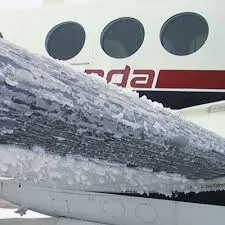
Explore other applications of Contact Angle measurement and lots more in our Praktischer Leitfaden zur Oberflächenkunde für den mechanischen / industriellen Bereich.
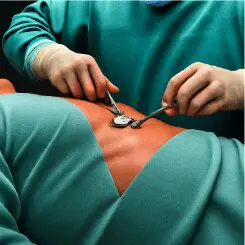
Explore other applications of Contact Angle measurement and lots more in our Practical Guide to Surface Science for the Medical Device industry.
Herausforderung: Das Erreichen einer effizienten Flotation sowohl im Kupfer- als auch im Goldbergbau ist von entscheidender Bedeutung, aber auch komplex, da wertvolle Mineralien selektiv an Luftblasen gebunden werden müssen und gleichzeitig das Benetzungsverhalten und die Oberflächenspannung kontrolliert werden müssen.
Lösung: Die Flotation im Bergbau hängt stark von der Wechselwirkung zwischen mineralischen Partikeln und Luftblasen ab. Für den Kupferbergbau ist die Optimierung des Kontaktwinkels von entscheidender Bedeutung, um Kupfermineralien selektiv zu schwimmen und Gangmineralien wie Siliziumdioxid abzuwehren. Erreichen eines idealen Kontaktwinkels von 0 0 Sorgt für Hydrophobie, was zu einem hochwertigen Kupferkonzentrat führt.
Im Goldbergbau ist die Kontrolle der Oberflächenspannung unerlässlich, um einen stabilen Schaum zu erzeugen. Dieser Schaum ermöglicht es, dass sich Goldpartikel an Luftblasen anlagern und effektiv von Gangartmaterialien getrennt werden. Die richtigen Oberflächenspannungswerte stellen sicher, dass die Luftblasen ausreichend Auftrieb und Stabilität haben, um Goldpartikel an die Oberfläche zu transportieren und so eine effiziente Rückgewinnung zu ermöglichen.
Explore other applications of Contact Angle measurement and lots more in our Practical Guide to Surface Science for the Mining & Metals industry
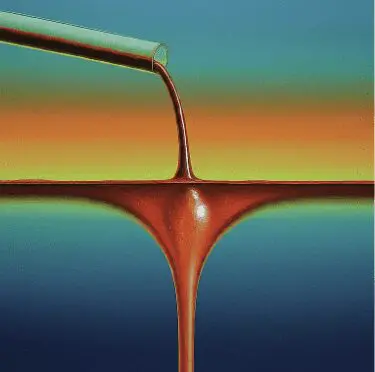
Explore other applications of Contact Angle measurement and lots more in our Practical Guide to Surface Science for the Oil & Gas industry
Herausforderung : Printing ink in flexible packaging materials can cause contamination in the mechanical recycling process.
Lösung : The removal of printing ink residue from the surface of flexible plastic packaging can be achieved through detergency, mechanical, and chemical cleaning processes. In this context, contact angle measurements are invaluable for studying the interaction between the polymer and surfactant. These measurements are highly effective in comparing the wetting behavior of surfactants on various printing ink systems and non-printed film surfaces.
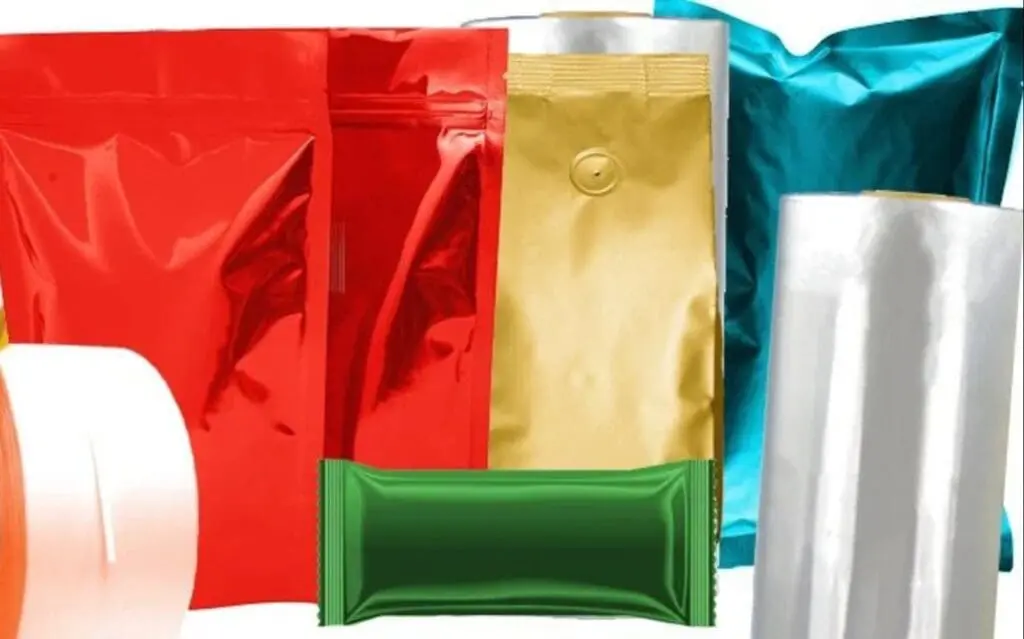
Explore other applications of Contact Angle measurement and lots more in our Practical Guide to Surface Science for the Packaing & Containers industry.

Explore other applications of Contact Angle measurement and lots more in our Practical Guide to Surface Science for the Paint industry

Explore other applications of Contact Angle measurement and lots more in our Practical Guide to Surface Science for the Pharmaceutical industry.

Explore other applications of Contact Angle measurement and lots more in our Practical Guide to Surface Science for the Plastics industry.

Explore other applications of Contact Angle measurement and lots more in our Practical Guide to Surface Science for the Semiconductors industry
Herausforderung: Ein Schiffslackierunternehmen sah sich aufgrund der Viskosität der Beschichtungsflüssigkeit, der Oberflächenspannung und des Kontaktwinkels des Substrats mit unebenen Oberflächenbeschichtungen konfrontiert.
Lösung: Das Ingenieurteam des Unternehmens entdeckte, dass die Verwendung einer Beschichtungsflüssigkeit mit einem Kontaktwinkel von weniger als 90° einen Pinning-Effekt verursacht, der die Unebenheiten der Oberfläche reduziert. Durch die Anpassung des Kontaktwinkels, um diesen Effekt zu erzielen, milderten sie die Auswirkungen unebener Beschichtungen und nutzten das Zusammenspiel zwischen der Viskosität der Flüssigkeit und der Oberflächenenergie des Substrats.

Explore other applications of Contact Angle measurement and lots more in our Praktischer Leitfaden zur Oberflächenkunde für die Schiffbauindustrie.
Herausforderung: Telekommunikationsunternehmen stehen vor Herausforderungen bei der Signaldämpfung bei starkem Regen (Rain Fade) und Unterbrechungen aufgrund von Eis und Schnee auf Infrastrukturen wie Antennen und Satellitenschüsseln. Diese Probleme können die Zuverlässigkeit der Signalübertragung stark beeinträchtigen.
Lösung: Das Unternehmen zielte darauf ab, die Leistung von 5G-Antennen unter regnerischen Bedingungen durch die Entwicklung superhydrophober Beschichtungen zu verbessern. Durch rigorose Experimente mit verschiedenen Beschichtungen optimierten sie die Kontaktwinkel, um Oberflächen mit hoher Wasserabweisung zu gestalten. Diese Innovation reduzierte die Regendämpfung erheblich, indem verhindert wurde, dass Wassertropfen die Signalübertragung beeinträchtigen. Dadurch behielten die Antennen auch bei starkem Regen eine starke Signalstärke bei.
Darüber hinaus führte das Unternehmen in kalten Regionen, die anfällig für Eis- und Schneeablagerungen auf Satellitenschüsseln sind, Tests durch, um superhydrophobe Materialien mit großen Kontaktwinkeln und geringen Gleitwinkeln zu identifizieren. Diese Materialien minimieren effektiv die Eisanhaftung und sorgen für einen ununterbrochenen Signalempfang. Durch die Reduzierung der Ansammlung von Eis auf den Schalen erhöhten sie die Betriebssicherheit und sorgten für eine konsistente Signalübertragung bei extremen Wetterbedingungen.

Explore other applications of Contact Angle measurement and lots more in our Practical Guide to Surface Science for the Telecom industry

Explore other applications of Contact Angle measurement and lots more in our Practical Guide to Surface Science for the Transportation industry.

Explore other applications of Contact Angle measurement and lots more in our Praktischer Leitfaden zur Oberflächentechnik für die Versorgungsindustrie.
The importance of calibration
Achieving accurate contact angle measurements requires precise calibration. Subtle variations in an instrument’s performance can significantly impact the reported contact angle. Contamination of the needle with residual liquids, improper droplet size selection, and environmental fluctuations can introduce errors. For example, a clogged needle can distort the droplet shape, leading to an inaccurate contact angle reading. If the droplet size is too small, it limits the resolution of the image analysis software, while an overly large droplet might interact with surface imperfections, skewing the results.
Researchers must employ established calibration procedures and maintain a rigorous schedule for instrument checks to overcome these challenges. This includes verifying the needle’s cleanliness and ensuring its optimal size and shape. Additionally, meticulous calibration with standard reference liquids of known contact angles establishes a baseline for accurate measurements. Regular calibration and maintenance ensure that instruments consistently deliver reliable data.
Limitations in measuring extremely high or low angles
Measuring extremely high or low contact angles presents specific challenges. For very high angles, approaching 180°, droplets tend to form near-spherical shapes, making it difficult to determine the tangent at the contact line accurately.
Conversely, for very low angles, the droplet spreads thinly over the surface, complicating the precise identification of the contact point.
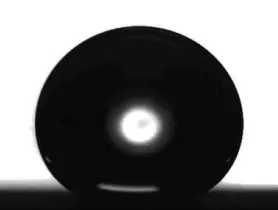
These extreme angles often require specialized equipment and techniques, such as high-resolution cameras and advanced image analysis software, to achieve accurate measurements. Extremely low angles can also be affected by surface heterogeneity and contamination, further complicating measurement accuracy.

Researchers often use advanced techniques like goniometers equipped with high-resolution cameras and image-processing software to address these challenges. These tools allow for more precise determination of the contact angle, even at extreme values. Additionally, specialized techniques, such as sessile drop and captive bubble methods, can be employed to handle these challenging measurements.
Variability due to environmental conditions
Environmental conditions, such as temperature, humidity, and air pressure, significantly impact contact angle measurements.

Temperature variations can alter the surface tension of liquids and the properties of the solid surface, leading to changes in the observed contact angle. Humidity affects the adsorption of water vapor onto the surface, modifying the surface energy and, consequently, the wettability. Air pressure variations further influence the droplet shape and its interaction with the surface. Therefore, maintaining consistent environmental conditions during measurements is crucial for obtaining reproducible and accurate contact angle data.
Researchers must control environmental conditions meticulously to ensure consistent results. This often involves conducting measurements in controlled environments, such as climate-controlled laboratories, and using instruments equipped with environmental control features.
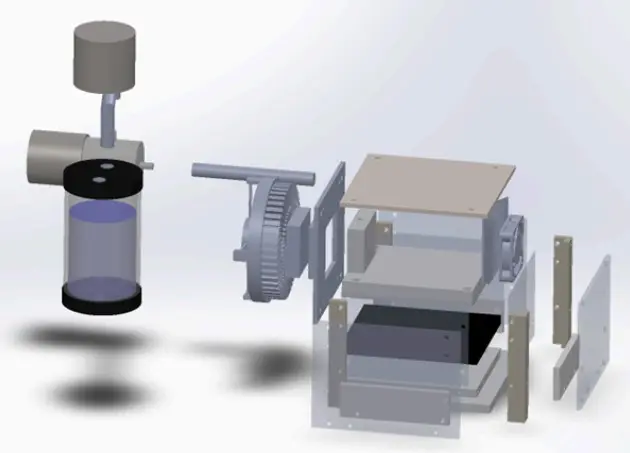
By maintaining stable temperature, humidity, and air pressure, researchers can minimize the impact of environmental variability on contact angle measurements.
Optical Tensiometry
Optical tensiometry is one of the most widely used techniques for measuring contact angles. It involves analyzing the profile of a liquid droplet on a solid surface using a high-resolution camera and image analysis software. The procedure for reproducible optical tensiometry includes several key steps:
Ensure the surface is clean, dry, and free of contaminants. Use appropriate cleaning protocols, such as rinsing with solvents or plasma cleaning, and handle the surfaces with care to avoid introducing defects.
Deposit a small, consistent volume of liquid droplet on the surface. The droplet size should be large enough to form a stable meniscus but small enough to minimize gravitational effects.
Capture high-resolution images of the droplet profile immediately after deposition. Ensure consistent lighting conditions and minimize vibrations to avoid artifacts in the droplet shape.
Use image analysis software to fit the droplet profile and calculate the contact angle. The software typically employs algorithms to find the tangent at the contact line and measure the angle between the solid surface and the liquid interface.
To ensure reproducibility, perform multiple measurements on different locations of the same surface and on replicate samples. Average the contact angles obtained from these measurements to account for any local surface variations.
We also recommend you read up on the best practices in the below-referenced paper.
Guidelines for measurements of reproducible contact angles using a sessile drop technique
Force Tensiometry
Force tensiometry, also known as the Wilhelmy plate method, measures contact angles based on the force exerted by a liquid meniscus on a vertically oriented plate or fiber. The procedure includes the following steps:
Ensure the plate or fiber is clean and free of contaminants. Uniform surface treatment is vital for consistent results.
Submerge the plate or fiber into the liquid and then slowly withdraw it, allowing a liquid meniscus to form. The force exerted by the meniscus is measured by a sensitive balance.
Record the force as a function of immersion depth or during withdrawal. The contact angle is calculated from the measured force using the Wilhelmy equation, which relates the force to the surface tension of the liquid and the perimeter of the plate or fiber.
Force tensiometry is particularly useful for measuring advancing and receding contact angles, providing insights into hysteresis and dynamic wettability properties. Reproducibility is improved by controlling the immersion speed, ensuring consistent liquid properties, and using well-calibrated equipment.
Droplet Lab’s smartphone-based approach offers comparable contact angle measurement accuracy as traditional instruments, along with simplicity, compactness, and portability. This innovative method overcomes the challenges posed by smartphone optical zoom by utilizing an advanced image analysis algorithm.
The smartphone instrument uses both Young-Laplace and polynomial fitting methods to calculate contact angles. However, it employs Otsu’s algorithm to detect the drop profile from digitally zoomed images, ensuring precise contact point identification. For drops with reflections, the algorithm detects changes in the slope of the drop profile to locate contact points. Without reflections, it identifies the point where the slope becomes zero
Schematic for principle of contact point detection system: (a) an image of a drop with reflection, (b) an image of a drop without reflection, and (c) a drop with a contact angle close to 90 . The right column shows digitally detected profiles (the dashed box shows the estimated area to guide the eyes).


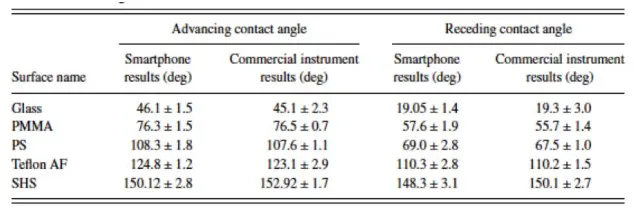
For more detailed information please refer to the paper published by our founders in AIP Publishing – Review of Scientific Instruments.
Superhydrophobic surfaces, characterized by contact angles greater than 150° and low contact angle hysteresis, demonstrate remarkable water-repellent properties.

These surfaces mimic the lotus leaf effect, where water droplets roll off, carrying away dirt and contaminants. Conversely, superhydrophilic surfaces have contact angles approaching zero, leading to complete wetting and spreading of water. These surfaces find applications in anti-fogging and self-cleaning technologies. Designing such surfaces often involves creating micro and nanoscale roughness to boost their intrinsic wettability properties
The Wenzel and Cassie-Baxter models describe how roughness and heterogeneity at the nanoscale alter apparent contact angles. The Wenzel state assumes complete wetting of the surface roughness, leading to enhanced hydrophilicity or hydrophobicity depending on the surface chemistry. In contrast, the Cassie-Baxter state involves air pockets trapped beneath the liquid, promoting superhydrophobicity. These nanoscale modifications are vital for developing advanced materials with tailored wettability, such as anti-icing surfaces and biomimetic coatings.
Contact angle measurements provide valuable insights into the wettability, adhesion, and surface energy of materials, impacting fields such as materials science, chemistry, and manufacturing. By utilizing advanced technologies like high-resolution imaging and precise software analysis, these measurements can be conducted with greater accuracy and efficiency.
Looking ahead, advancements in technology will lead to more precise measurements, aided by artificial intelligence. The future holds promise for eco-friendly materials and processes, driven by sustainable practices. From pharmaceuticals to renewable energy, controlling surface interactions will deliver innovative solutions for future challenges.
Droplet Lab wurde 2016 von Dr. Alidad Amirfazli, Fakultätsmitglied an der York University, und zwei seiner Forscher, Dr. Huanchen Chen und Dr. Jesus L. Muros-Cobos, gegründet.
Dropletlab © 2024 Alle Rechte vorbehalten.